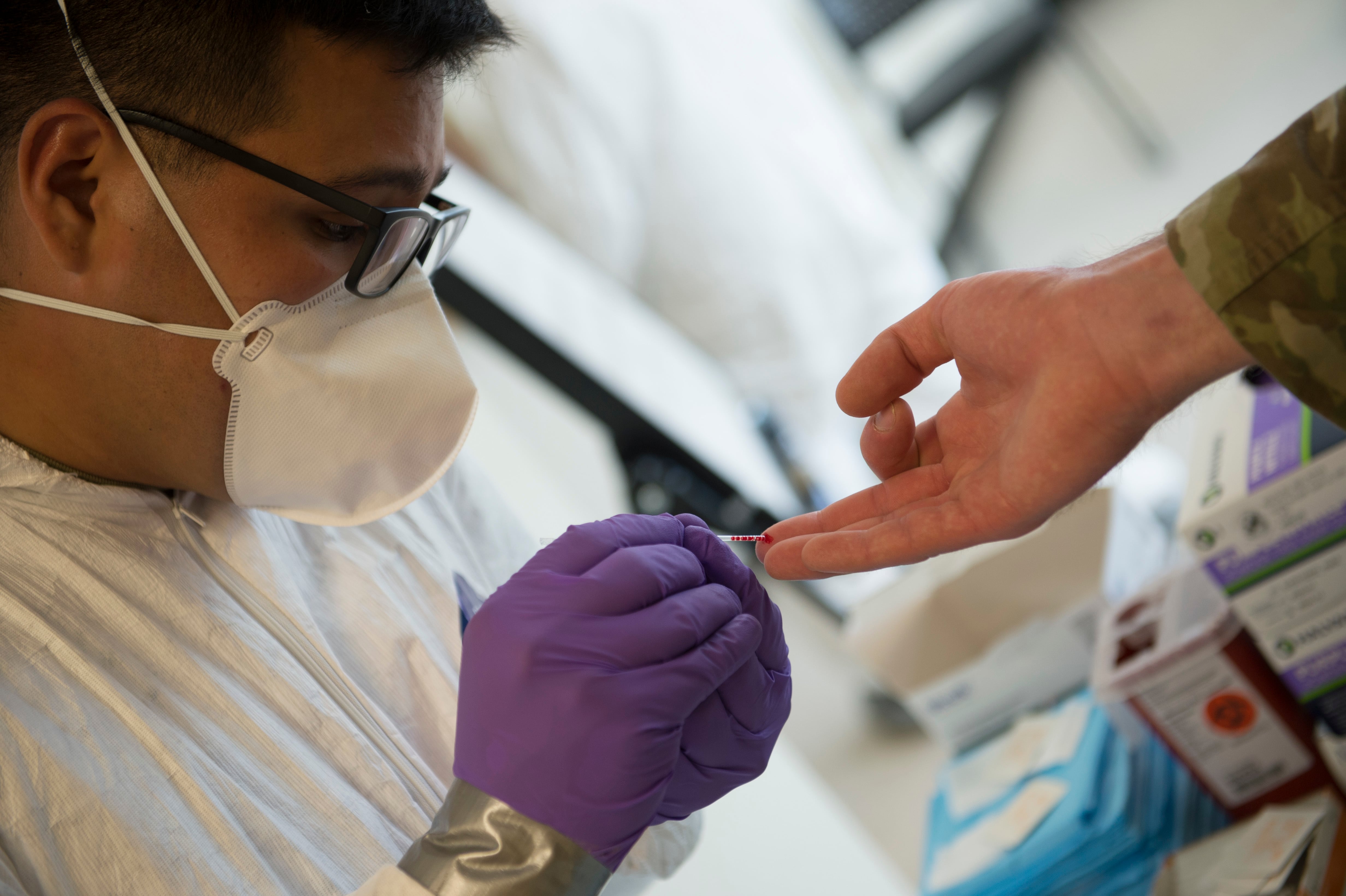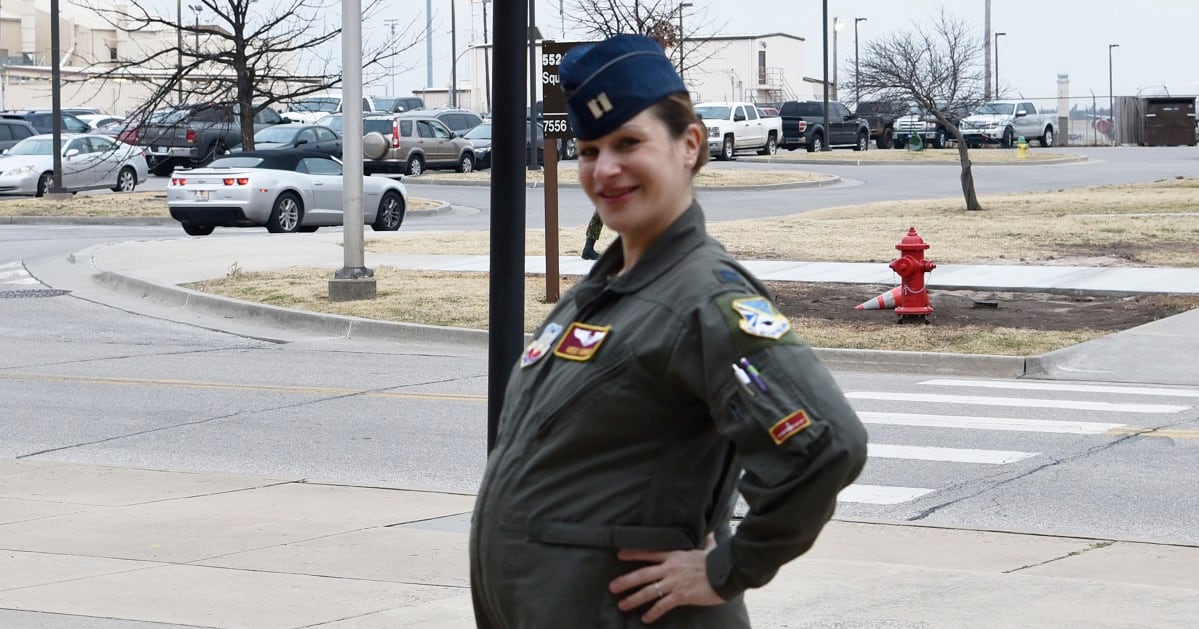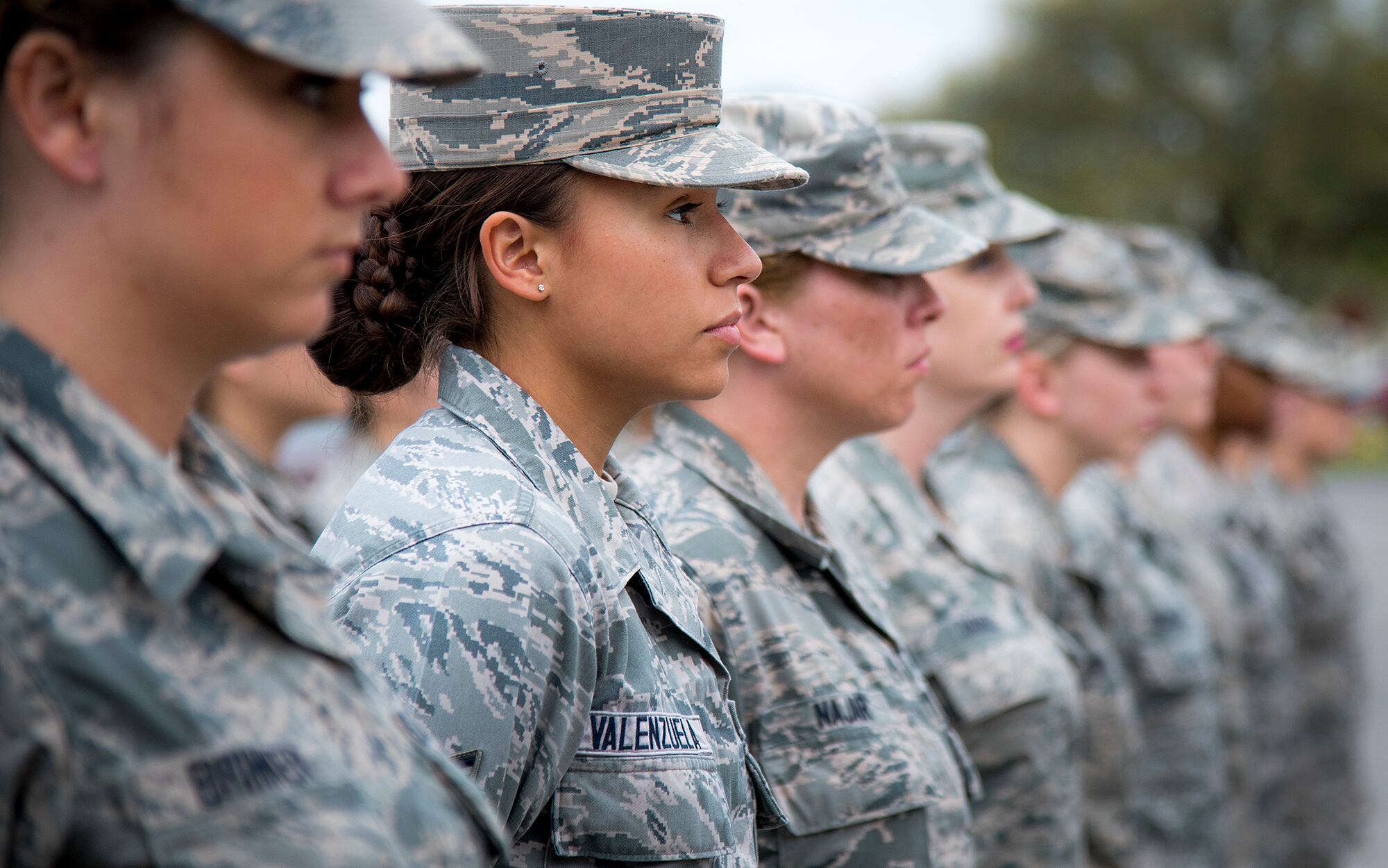Four out of five wounded women veterans reported feelings of loneliness, isolation and disconnect from their peers in a recent survey, a statistic almost 20 percent higher than men that advocates say underscores the need for better outreach to those individuals.
“That’s just a staggering number, " said Tracy Farrell, vice president of engagement for the Wounded Warrior Project, which conducted the research.
“The women warriors we talked to, they would really appreciate having some sort of mentorship and networking opportunities, specifically with people who knew their background. Having some sisters in arms to share resources to point you in the right direction, to just acknowledge the stories from your past and understand where you’re coming from, that was really important to everyone.”
RELATED

The findings, released Friday, come from a survey conducted in early 2020 of nearly 4,900 women involved with WWP.
While the sample is not indicative of all women veterans in America today, it gives a closer look at some of the specific struggles that disabled female veterans face in their transition to civilian life.
The 80 percent of women who reported loneliness compares to 63 percent of wounded male veterans who experience the same type of isolation. Farrell said that shows even as advocates look for ways to better serve all wounded veterans, specific outreach needs to be made to women to ensure their more pronounced issues are addressed.
That wasn’t the only area of the survey that found larger challenges for women than men veterans.
Wounded women veterans were more likely than men to have a college degree (57 percent held at least a four-year college degree) but less likely to find work (only 34 percent said they were employed full time).
WWP researchers said that on average, the women veterans with jobs earned about $8,000 less annually than the men.
RELATED

Women in the survey were also enrolled in Veterans Affairs health care programs at a higher rate than their male peers, but less than half of the group (49 percent) said VA meets all of their medical needs.
Group officials said they launched the effort to dive deeper in trends they saw among women in their annual membership surveys.
“So we’ll use this data to look at our programs as to what is working and what is not in terms of how we serve women warriors,” Farrell said. “We can turn that into operational changes within our organization and hopefully within the larger veterans service space too.”
Full survey results will be available on the WWP web site.
Leo covers Congress, Veterans Affairs and the White House for Military Times. He has covered Washington, D.C. since 2004, focusing on military personnel and veterans policies. His work has earned numerous honors, including a 2009 Polk award, a 2010 National Headliner Award, the IAVA Leadership in Journalism award and the VFW News Media award.




